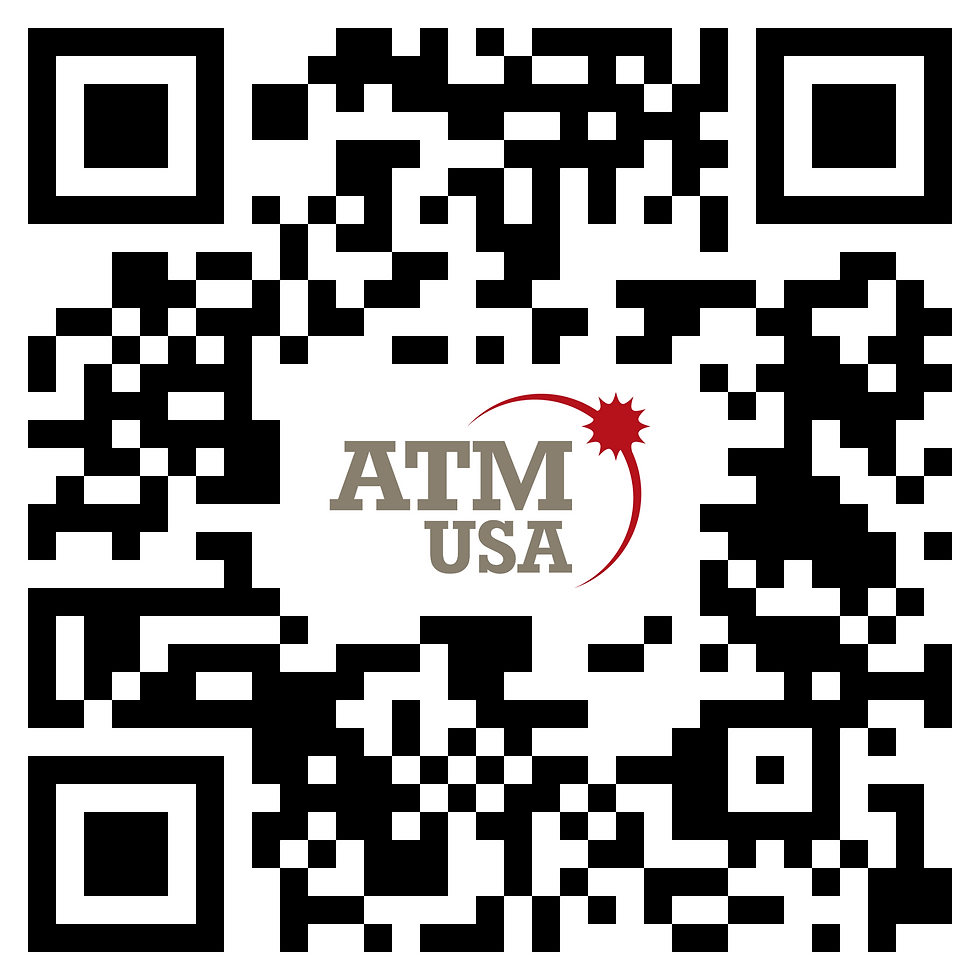End of Life of NCR & Diebold Lines: What to Look for in a New ATM
- Darren Smith
- Aug 18, 2023
- 4 min read
Updated: May 18, 2024
by Darren Smith | Originally published by CUInsight
There are 16 months until new PCI compliance standards hit ATMs. Not to worry, that’s plenty of time. So, sit back, relax, and let everyone else buy up all the parts and take up all the scheduled service times.
Wait, what?
You read that right. Sixteen months feels like forever right now, but how many times have you caught yourself saying, “Wow, I can’t believe summer’s almost over!” What about the usual, “Is it really [insert month] already?”
Let’s face it. Time flies and it only seems to move faster with each annoying ATM upgrade. So, while upcoming end-of-life issues and PCI updates don’t take effect until the end of NEXT year…

Your Upgrade Time is Running Low
Look at your last upgrade path. How long did it really take to get everything ordered, delivered, installed, and certified? For the average financial institution, it was about 12 months. So, already your timeline to evaluate and prepare is cut down to four short months.
But what about all the chip issues and shipping delays? The situation has gotten better, but it is in no way resolved. Experts say microchip lead times (those little devices required to make pretty much any technology) have around a 102-week lead time. There might be additional lead times to get parts and equipment on top of the usual shortages the industry experiences in the face of a large compliance change.
It's not just parts and equipment potentially posing issues to your upgrade timeline. Service is also a potential problem. There are approximately 14,619 ATM technicians in the US. That number sounds high until you remember there are over 450,000 ATMs in that same territory. That’s at least 31 machines per technician on top of their busy service and repair schedules. And, as with everything, time slots for upgrades get harder to book the closer it gets to the upgrade timeframe.
You had 16 months. Then that was knocked down to four. Now, with service and parts delays, you probably have closer to two. But it gets worse. If you’re not strategic, you’ll probably have to do it all again shortly afterward.
More Changes are Coming Soon
You didn’t think Diebold and NCR end-of-life, and PCI compliance were the end of things for a while, did you? Of course, you didn’t. It’s not like we haven’t been regularly upgrading our ATMs on a practically bi-annual basis for the past 15-plus years with ADA, EMV, and so forth.
Right now, it’s PCI compliance. But experts anticipate a Windows 11 migration is headed to ATMs as early as 2025.
Yeah, I know. We all just got done upgrading to Windows 10 and now we’re staring down the barrel of yet another operating system (OS) update. Will our current ATMs even run the new OS?
The best move right now is to future-proof your machines. While you’re looking into keypad, software, and firmware updates, ask questions about what the requirements will be for Windows 11. If your machines won’t be able to handle it, what kind of upgrades would need to take place to make sure they do? After all, why purchase parts now only to have to swap an entire machine a few months later?
How Can I Stop Dealing with Windows Upgrades?
Good question. Let me ask one back. Are your account holders depositing cash in your ATMs? If yes, where? Is it ALL your machines or just a handful?

I get it, the institution down the street has multiple deposit-taking machines. But this isn’t about keeping up with the competition, it’s about catering to account holder needs. And if your account holders aren’t depositing cash and checks, why are you spending the money on that functionality instead of putting it into something that would make their experience better? Like branch transformation or community outreach?
Even better, if you ditch deposit automation on one or more machines, you can probably kill off the need for Windows OS upgrades, too. Most cash dispense ATMs run on Windows CE, a long-term OS that still has full support as well as a growing list of advanced function applications built to run on its interface. Things like multiple language selection, cardless withdrawal, and many others.
Windows CE cash dispense machines are also smaller footprint and more affordable than other Windows machines. This versatility and affordability make it easier to place more machines for less – expanding your credit union’s presence in the community while offering advanced member convenience.
One Size Doesn’t Fit All
But your account holders might be all about cash and check deposits. Preferences really depend on region and demographics. What is right for one community is not going to be what works best in another. Fortunately, there are other options available to save money, meet upgrade timelines, and future-proof your ATMs – like ATM outsourcing.
A reliable outsourcing partner can help you fully evaluate your fleet – including reviewing ATM transactions, equipment, and software. They can help guide your bank or credit union and develop customized programs that meet your institution’s needs for security, outreach, customer experience, and much more.
Time is running out to finalize planning for the upcoming PCI compliance upgrade. But, if you play your cards right, you can turn this challenge into an opportunity that saves you time, money, and all the headaches of future upgrades.
Get in Touch!
Email: sales@atmusa.com or scan the code below to purchase an ATM or discover how ATM Outsourcing can benefit your financial institution.

Lean How Partnering with ATM USA Can Benefit Your Financial Institution
Darren Smith, Vice President, ATM Management
darren@atmusa.com • 919-534-3232 • Schedule a Meeting
Craig Helmers, Vice President, ATM Management
craig@atmusa.com | 919-534-3233 | Schedule a Meeting


Comments